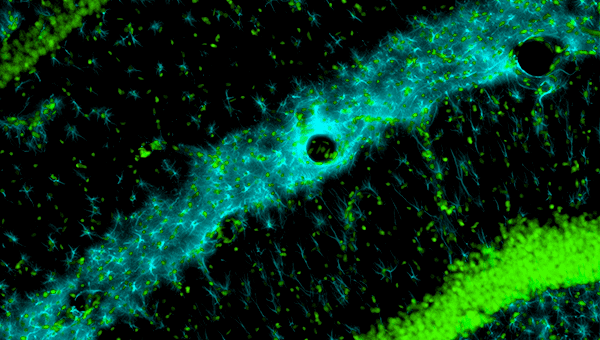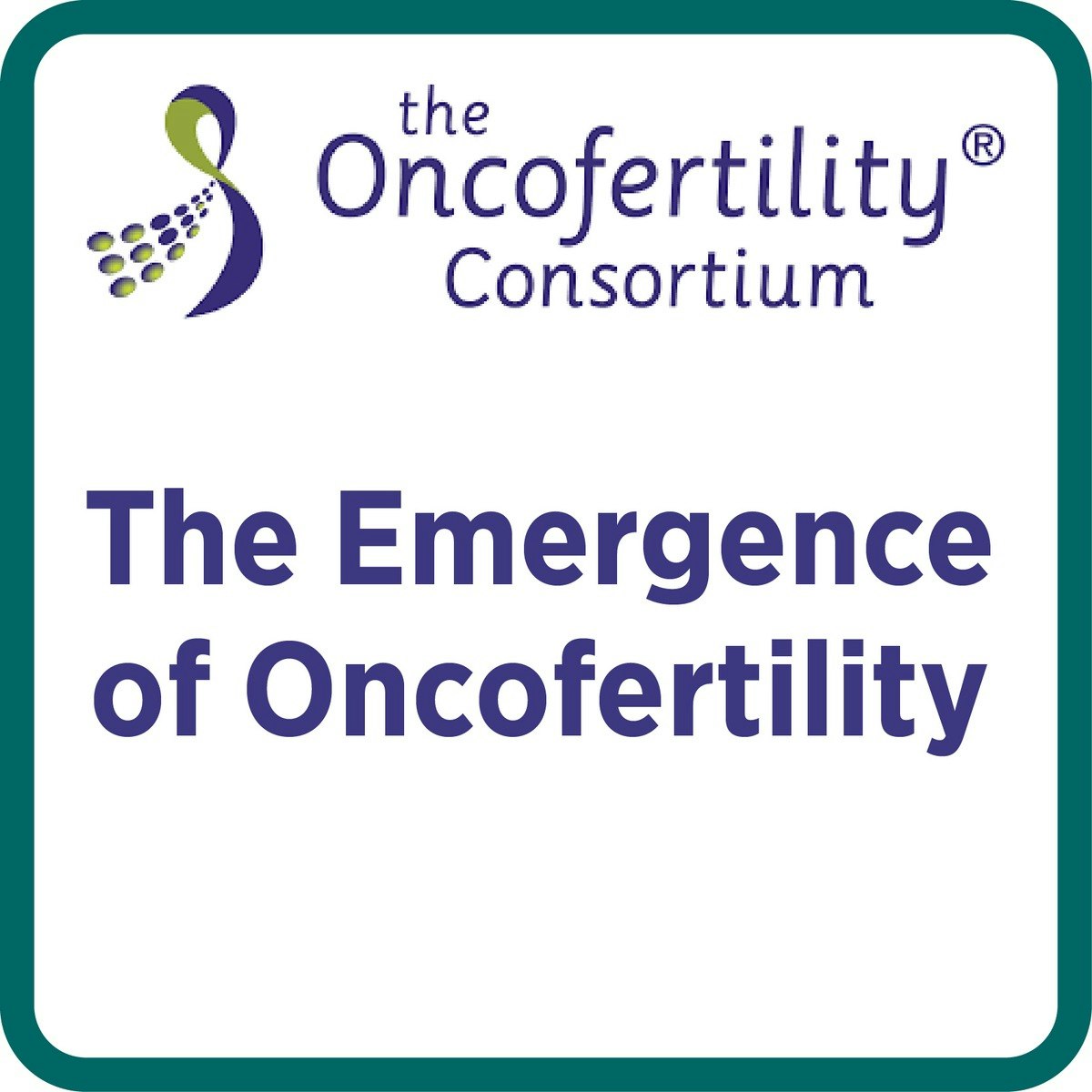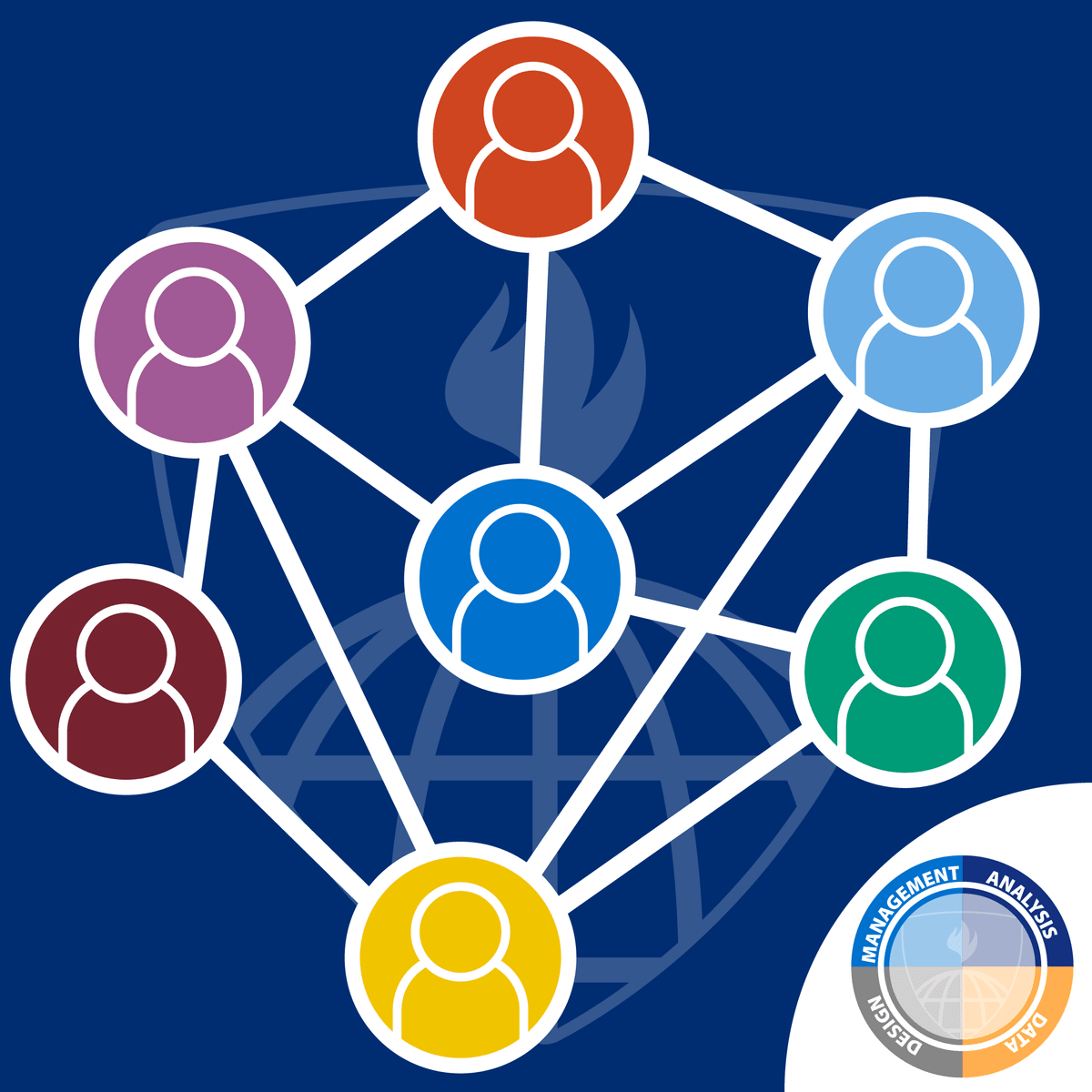Back to Courses









Research Courses
Showing results 1-10 of 53

Experimental Methods in Systems Biology
Learn about the technologies underlying experimentation used in systems biology, with particular focus on RNA sequencing, mass spec-based proteomics, flow/mass cytometry and live-cell imaging.
A key driver of the systems biology field is the technology allowing us to delve deeper and wider into how cells respond to experimental perturbations. This in turns allows us to build more detailed quantitative models of cellular function, which can give important insight into applications ranging from biotechnology to human disease. This course gives a broad overview of a variety of current experimental techniques used in modern systems biology, with focus on obtaining the quantitative data needed for computational modeling purposes in downstream analyses. We dive deeply into four technologies in particular, mRNA sequencing, mass spectrometry-based proteomics, flow/mass cytometry, and live-cell imaging. These techniques are often used in systems biology and range from genome-wide coverage to single molecule coverage, millions of cells to single cells, and single time points to frequently sampled time courses. We present not only the theoretical background upon which these technologies work, but also enter real wet lab environments to provide instruction on how these techniques are performed in practice, and how resultant data are analyzed for quality and content.

Science of Firearm Injury Prevention Among Children & Teens
Firearm injuries are a leading cause of death among children and teens. However, there are many ways that these injuries and deaths can be prevented using evidence-based practices and policies.
Presented by the University of Michigan Institute for Firearm Injury Prevention and the Firearm Safety among Children and Teens (FACTS) Consortium, this course lays a broad foundation for understanding the science of pediatric firearm injury prevention and the latest research and evidence-based solution. This course covers a range of firearm injury topics including firearm-related suicide, unintentional firearm injury, firearm-related community and youth violence, firearm-related intimate partner violence, school and mass shootings, and officer-involved shootings. Through lectures and interviews from leading firearm injury researchers, and activities, readings, discussion boards, and quizzes, learners can become familiar with the epidemiology, prevention strategies, and policy efforts related to pediatric firearm injury prevention. The course also covers important gaps in existing research and future directions for expanding the knowledge base of the field.
This course is designed for multiple fields and levels of training, including students and researchers from public health, medicine, public policy, social work, nursing, criminology, sociology and psychology fields. The course is also appropriate for practitioners, educators and parents. As a learner, you will have the ability to select all modules or individual topics that interest you most. Composed of 7 modules, this course may be taken from the comfort of your home or office, and you can learn at your own pace.
Supported by a grant to the University of Michigan by the National Institutes of Health - Eunice Kennedy Shriver National Institute of Child Health and Human Development (NIH/NICHD) (Award Number: R24HD087149) and the University of Michigan Institute for Firearm Injury Prevention. The content is solely the responsibility of the contributors and does not necessarily represent the official views of the National Institutes of Health - Eunice Kennedy Shriver National Institute of Child Health and Human Development (NIH/NICHD) or the Department of Health and Human Services.

Foundations of Health Equity Research
Introduces students to the core principles of health equity research. Covers topics such as defining health equity, engaging community and policy stakeholders, patient-centeredness, cultural competence, and dissemination of research findings. Content will recognize different geographic, cultural, and social contexts where health inequities occur.

Program Design & Evaluation for Health Systems Strengthening
This course provides an introduction to designing and evaluating to strengthen the health system. After successful completion of all learning activities, course participants will be able to:
1. Define health systems strengthening
2. Describe health systems frameworks and how to incorporate them into evaluation planning
3. Describe how to design and prioritize implementation of health systems programs
4. Detail approaches to evaluate health systems programs, including data sources and study design
5. Introduce tools to assist with evaluation planning and simple models to assess health system intervention impact
6. Describe how to interpret health system evaluation findings and sustainability and scalability implications

Surveillance Systems: Analysis, Dissemination, and Special Systems
In this course, we'll build on the previous lessons in this specialization to focus on some very specific skills related to public health surveillance. We'll learn how to get the most out of surveillance data analysis, focusing specifically on interpreting time trend data to detect temporal aberrations as well as person, place, and time in the context of surveillance data. We'll also explore strategies for the presentation of surveillance data and some of the complex legal elements that affect its use. We'll then turn our attention to surveillance of non-communicable chronic diseases and how the data can be used to support prevention efforts. Finally, we'll explore special surveillance systems, such as syndromic surveillance, antimicrobial resistance, and event-related surveillance. This course is designed for public health practitioners with a focus on those working on health surveillance in municipal, regional, state, provincial, or even national public health agencies. We really think that this course will help those with an interest in health surveillance to see which approaches are used in actual practice of public health.

The Emergence of Oncofertility (Past, Present & Future)
Oncofertility is a new interdisciplinary field at the intersection of oncology and reproductive medicine that aims to provide effective fertility options to young cancer patients undergoing gonadotoxic anticancer therapy through several fertility preservation and restoration strategies.
This course aims to provide participants with an exciting learning curve to ensure they understand the fundamentals of oncofertility and help them advance their career. This course is offered by the Oncofertility Consortium that represents a global, interdisciplinary, and interprofessional network of experts, medical specialists, scientists, researchers and scholars who are exploring the relationships between health, disease, survivorship and fertility preservation in young cancer patients. The Oncofertility Consortium was created in 2007, and over the past 15 years, it has developed and led the field of oncofertility to improve the quality of life and expand options for the reproductive future of cancer survivors on local, national and global levels.
Global Target Audience: This course is primarily targeted towards early-career healthcare professionals, trainees, researchers & scholars around the globe working in Reproductive Endocrinology and Infertility, Andrology and Male Infertility, as well as Pediatric and Adult Hematology/Oncology. Interested healthcare professionals, trainees, researchers & scholars from Obstetrics/Gynecology, Urology, Oncology, Pediatrics or any related sub/specialty are welcome.
Sincerely,
Oncofertility Consortium
Michigan State University
Department of Obstetrics, Gynecology and Reproductive Biology
965 Wilson Road, Room A626B
East Lansing, MI 48824-1316, USA
Phone: +1 (517) 884 6434
Email: oncofert@msu.edu
Web: https://oncofertility.msu.edu/

Whole genome sequencing of bacterial genomes - tools and applications
This course will cover the topic of Whole genome sequencing (WGS) of bacterial genomes which is becoming more and more relevant for the medical sector. WGS technology and applications are high on international political agenda, as the classical methods are being replaced by WGS technology and therefore bioinformatic tools are extremely important for allowing the people working in this sector to be able to analyze the data and obtain results that can be interpreted and used for different purposes. The course will give the learners a basis to understand and be acquainted with WGS applications in surveillance of bacteria including species identification, typing and characterization of antimicrobial resistance and virulence traits as well as plasmid characterization. It will also give the opportunity to learners to learn about online tools and what they can be used for through demonstrations on how to use some of these tools and exercises to be solved by learners with use of freely available WGS analysis tools .
By the end of this course you should be able to:
1. Describe the general Principles in typing of Bacteria
2. Give examples of the applications of Whole Genome Sequencing to Surveillance of bacterial pathogens and antimicrobial resistance
3. Apply genomic tools for sub-typing and surveillance
4. Define the concept of Next-Generation Sequencing and describe the sequencing data from NGS
5. Describe how to do de novo assembly from raw reads to contigs
6. Enumerate the methods behind the tools for species identification, MLST typing and resistance gene detection
7. Apply the tools for species identification, MLST typing and resistance gene detection in real cases of other bacterial and pathogen genomes.
8. Describe the methods behind the tools for Salmonella and E.coli typing, plasmid replicon detection and plasmid typing
9. Utilize the tools for Salmonella and E.coli typing, plasmid replicon detection and plasmid typing in real cases of other bacterial and pathogen genomes.
10. Explain the concept and be able to use the integrated bacterial analysis pipeline for batch analysis and typing of genomic data
11. Demonstrate how to construct phylogenetic tree based on SNPs
12. Apply the phylogenetic tool to construct phylogenetic trees and explain the relatedness of bacterial or pathogen strains
13. Describe how to create your own sequence database
14. Utilize the MyDbFinder tool to detect genetic markers of interest from whole genome sequencing
Clinical Trials Analysis, Monitoring, and Presentation
In this course, you’ll learn more advanced operational skills that you and your team need to run a successful clinical trial. You’ll learn about the computation of sample size and how to develop a sample size calculation that’s suitable for your trial design and outcome measures. You’ll also learn to use statistical methods to monitor your trial for safety, integrity, and efficacy. Next, you’ll learn how to report the results from your clinical trials through both journal articles and data monitoring reports. Finally, we’ll discuss the role of the analyst throughout the trial process, plus a few additional topics such as simulations and adaptive designs.

2021 Cancer Prevention Web-Based Activity (CE eligible)
This web-based video course focuses on the importance of prevention and risk reduction in decreasing cancer occurrences. All learners will need to watch the video modules, read associated articles, and achieve a passing score of 80% on quizzes in order to complete the course. After completing the course, learners will receive a link to claim continuing medical and nursing education credit.
DESCRIPTION
Next Generation Choices Foundation (NGCF or Less Cancer), lesscancer.org, in conjunction with the University of Virginia and American University, promotes a prevention paradigm for addressing the alarming trend of increasing cancer incidences and raises awareness of cancer prevention to make risk reduction and prevention a vital part of the cancer paradigm for all people. This is a departure from previous treatment-focused approaches that talked about beating, conquering, or curing cancer. Many cancers are preventable by reducing risk factors, such as PFAS and lead corrosion in water supply and infrastructure, use of tobacco products, ultraviolet light exposure, asbestos exposure, specific contaminants and pollution sources, disparities and inequities, and promoting healthy lifestyle choices, such as diet, exercise, and nutrition.
Visit the FAQs below for important information regarding 1) Activity faculty and their credentials; 2) Accreditation and Credit Designation statements; 3) Commercial support disclosure statement; 4) Disclosure of financial relationships for every person in control of activity content and their role in the activity; 5) Date of original release and Termination or expiration date.

Operational Research for Humanitarians
Evidence is central to good decision-making both in the humanitarian sector and beyond. Every day, a vast amount of evidence is generated that is relevant to humanitarian actors, much of it through research by academics and practitioners. This evidence can be incredibly valuable. It can help us better understand a situation and make humanitarian action more effective and accountable. The difficulty comes with understanding what evidence is relevant to our circumstances, where to find it, and how to assess its quality.
This course will provide you with the fundamental knowledge and skills to answer these questions and help you better engage with research. It has been developed with you - a humanitarian professional or junior researcher - in mind. The course moves through the core research concepts one-at-a-time and does not require any prior knowledge or experience. We encourage all of you to plan your own learning journey by using this MOOC in a way that is most useful to you.
Content highlights:
• How can research be used for humanitarian practice?
• What are the most appropriate research methods?
• How can I judge the quality of the evidence and whether it is applicable to the context I work in?
• How can populations in a situation of vulnerability be protected during a study?
This course - co-developed in a partnership between academic and humanitarian institutions - is strongly positioned to give you the needed skills and knowledge to build a bridge between research and practice.
We hope that this course will change your perspectives and improve your knowledge and, ultimately, make humanitarian responses more evidence-based. Enjoy!
Popular Internships and Jobs by Categories
Find Jobs & Internships
Browse
© 2024 BoostGrad | All rights reserved